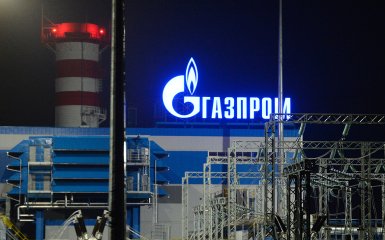Energy giant Gazprom, once Russia's most profitable company, could face a prolonged period of low performance as it tries to compensate for lost European gas sales through the domestic market and exports to China.
What is known about the attempts of the Russian "Gazprom" to find a replacement for the European market
The company recently reported an annual net loss of $7 billion, its first since 1999, after a sharp decline in trade with Europe. Gazprom's problems reflect the profound impact of European sanctions on Russia's gas industry and restrictions on Moscow's growing partnership with China.
According to journalists, Moscow was able to more easily survive the impact of international sanctions on oil exports because it could redirect oil exports by sea to other buyers. Gazprom relied on Europe as the most significant sales market until 2022.
The explosions at the Nord Stream gas pipelines in September 2022 also significantly undermined Russian gas trade with Europe. Russia is also trying to establish a gas trading hub in Turkey; an idea first floated by President Vladimir Putin in October 2022. No significant developments have been reported since then.
What is known about the gap in gas supplies from Russia?
Thus, in 2022, Russia delivered about 63.8 billion cubic meters of gas to Europe via various routes. Last year, this volume decreased even more — by 55.6%, to 28.3 billion cubic meters. It should be taken into account that in 2018, supplies were at their peak — 200.8 billion cubic meters to the EU and other countries, such as Turkey.
The authors emphasize that Russia has turned to China, seeking to increase pipeline gas sales to 100 billion cubic meters per year by 2030. At the end of 2019, Gazprom began supplying gas to China through the Power of Siberia pipeline, the pumping of which is planned to increase to 38 billion cubic meters per year by the end of this year. Beijing also agreed to export 10 billion cubic meters. m in 2022 from the Pacific island of Sakhalin.
Russia's greatest hope is the Power of Siberia 2 pipeline through Mongolia, which will export 50 billion cubic meters annually. However, specific difficulties arose due to the lack of agreement on pricing and other issues.
"Although Gazprom will receive additional export revenues when all these pipelines are operational, it will never be able to fully compensate for the business it lost in Europe," says Kateryna Filipenko, director of gas and LNG research at Wood McKenzie.




